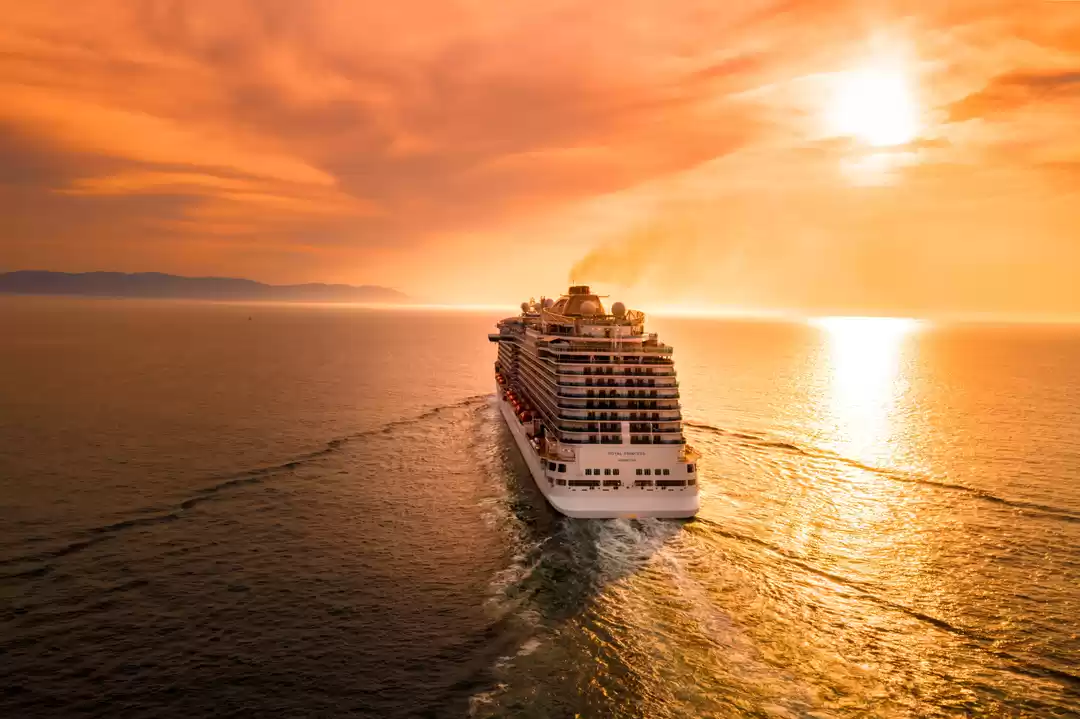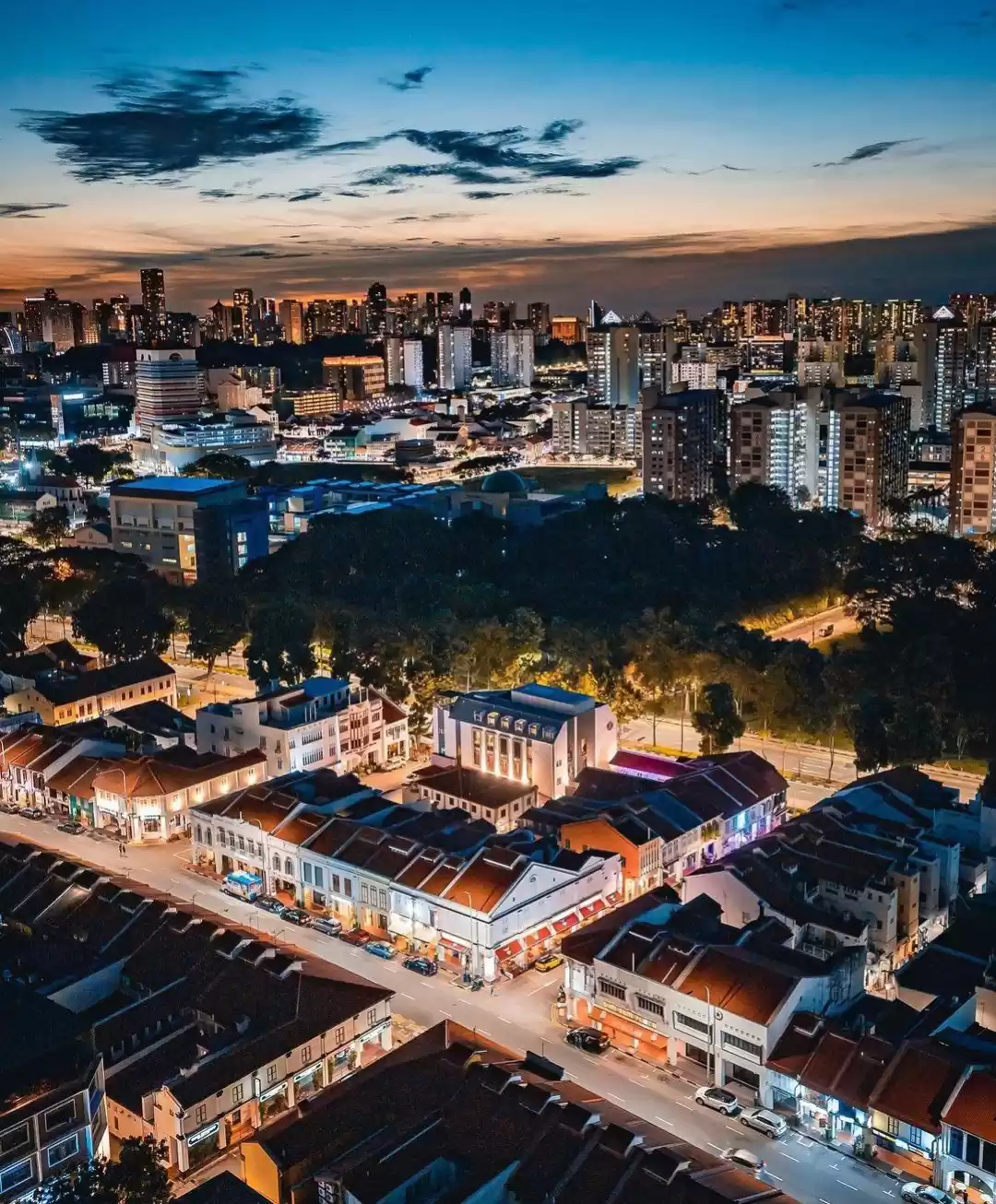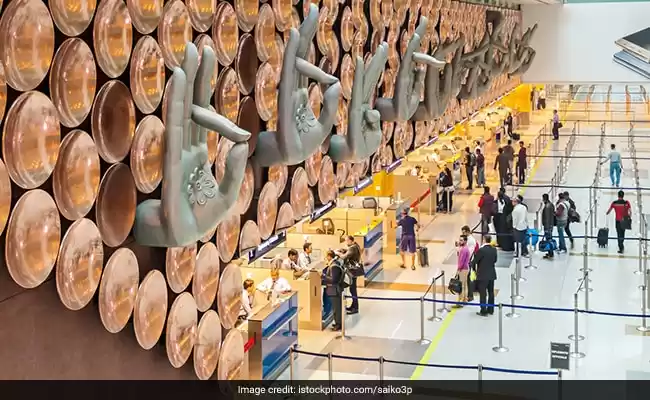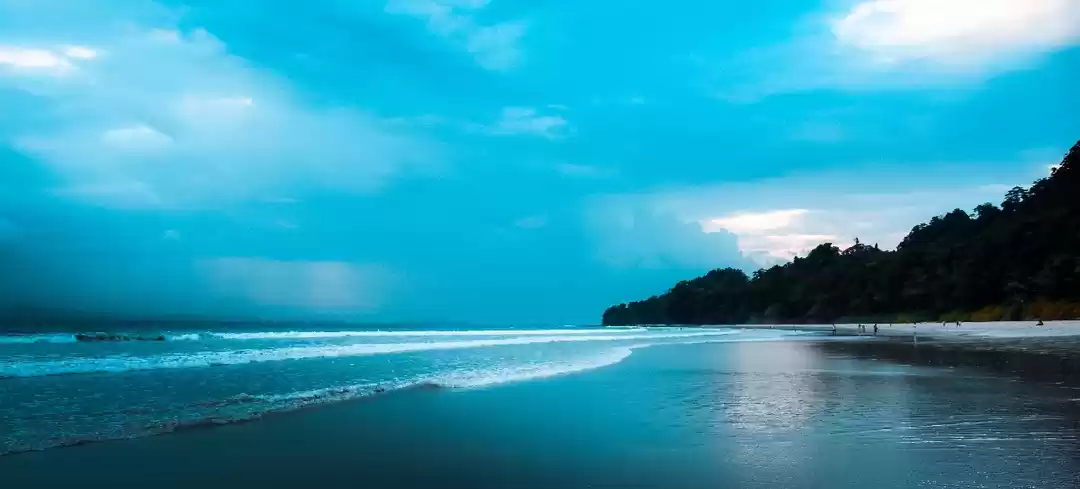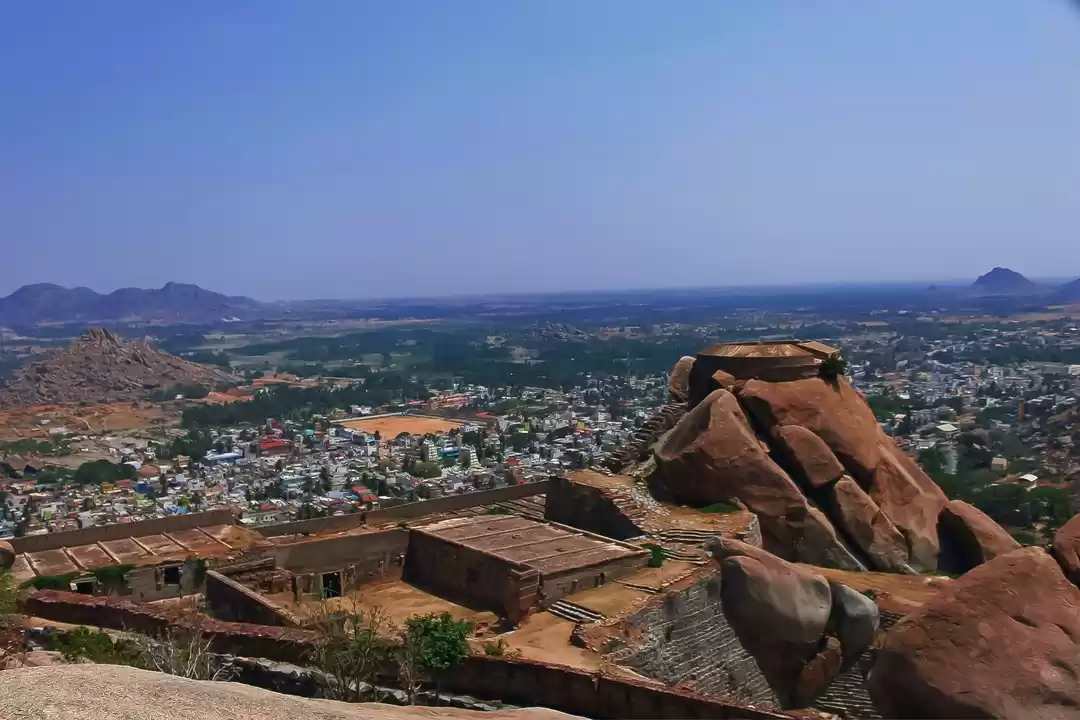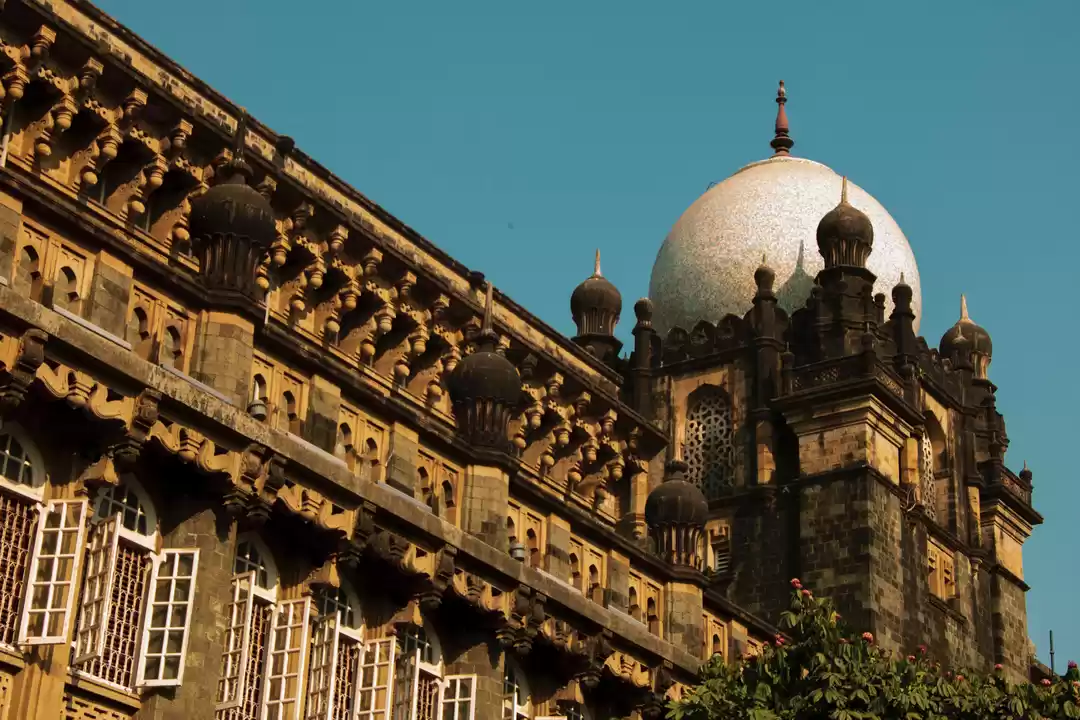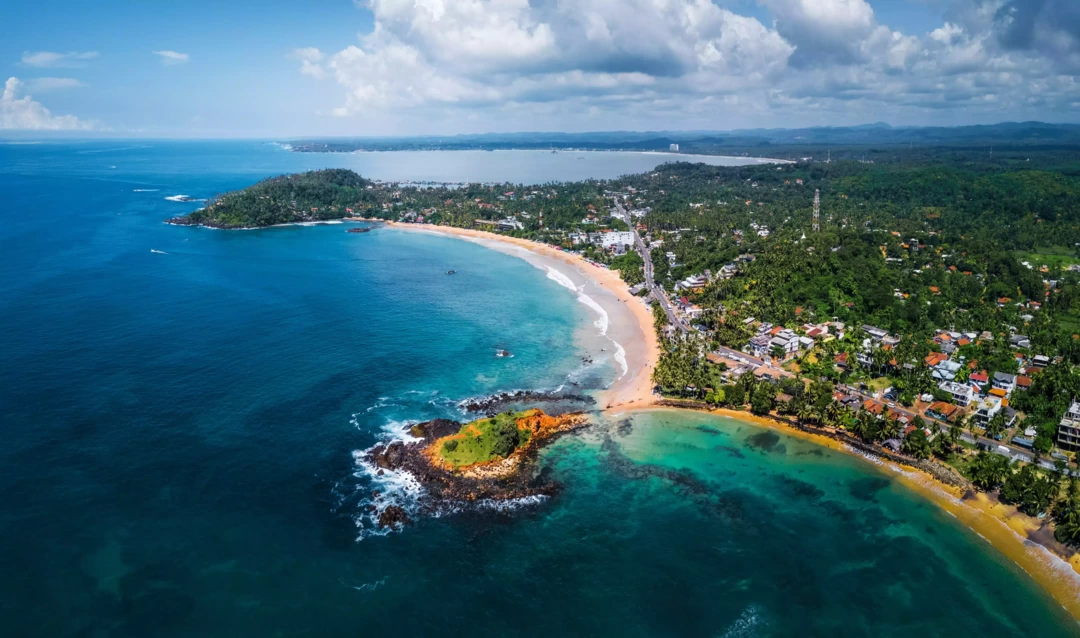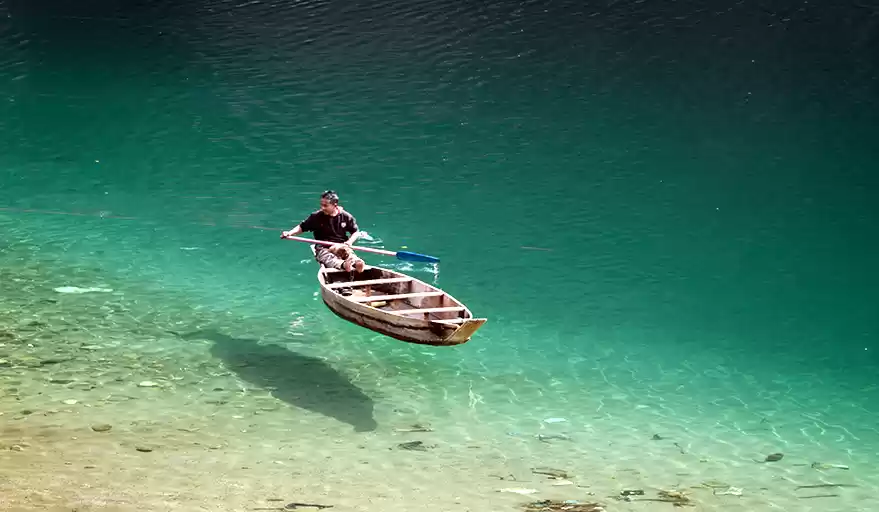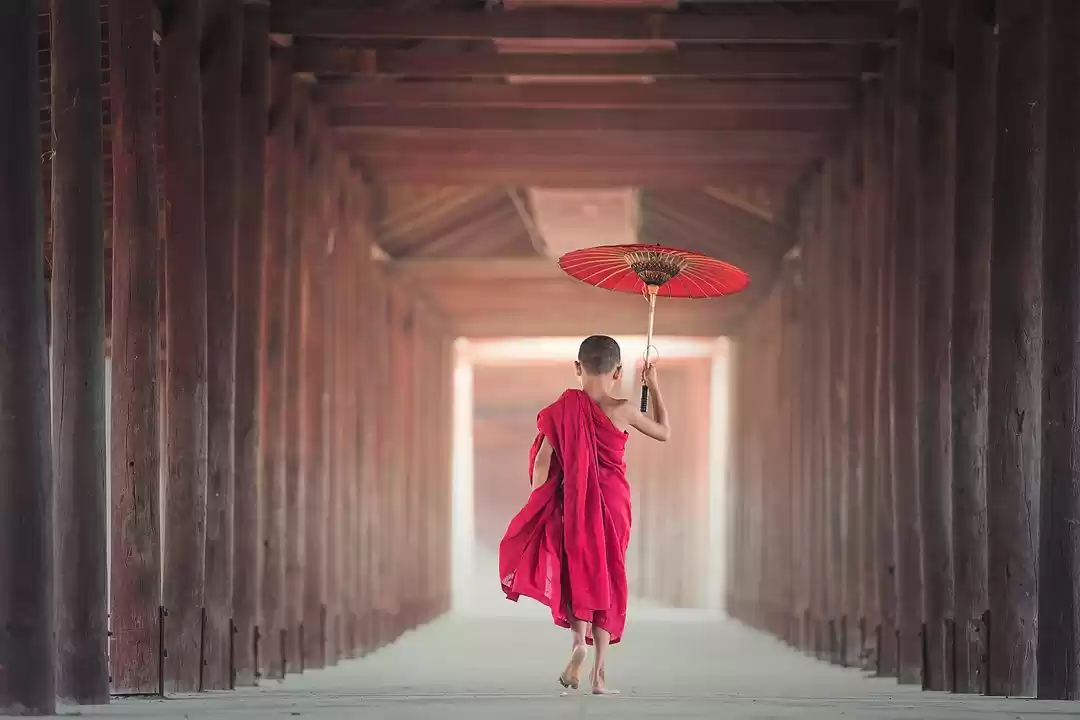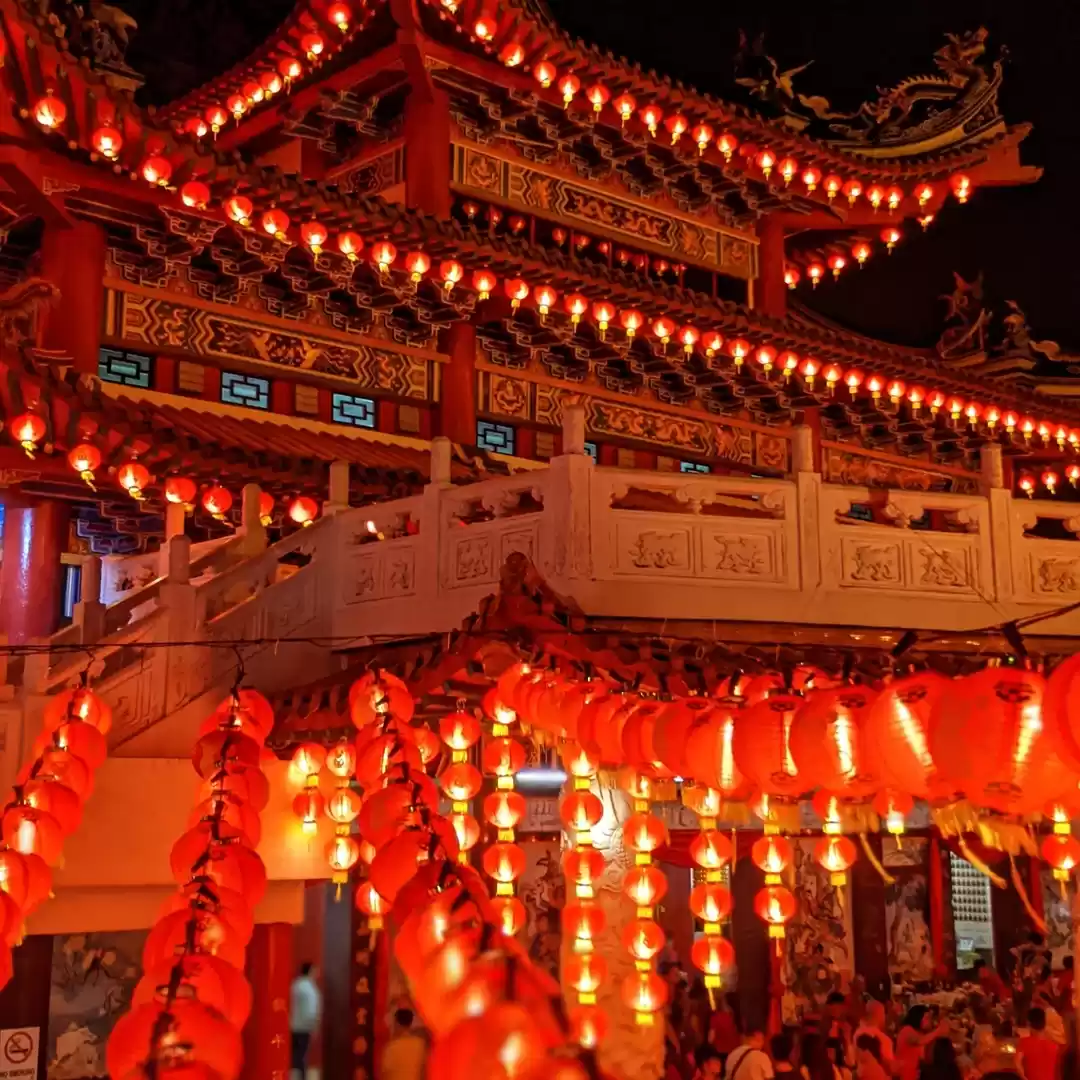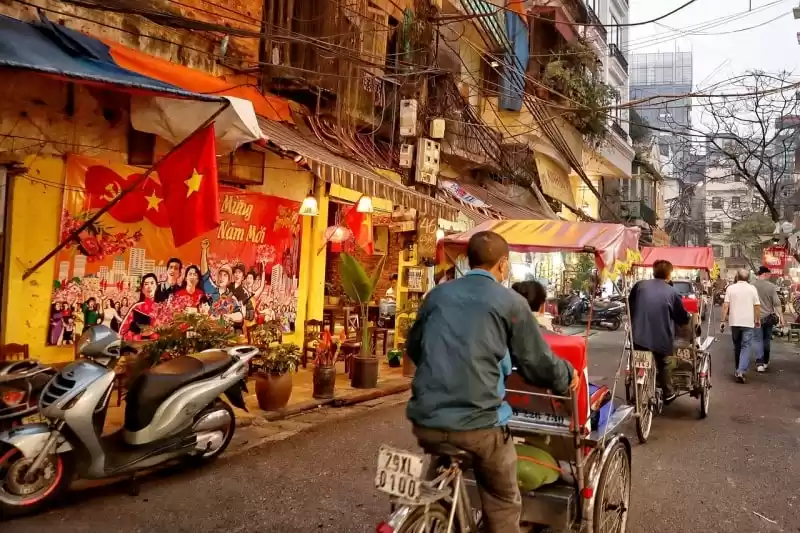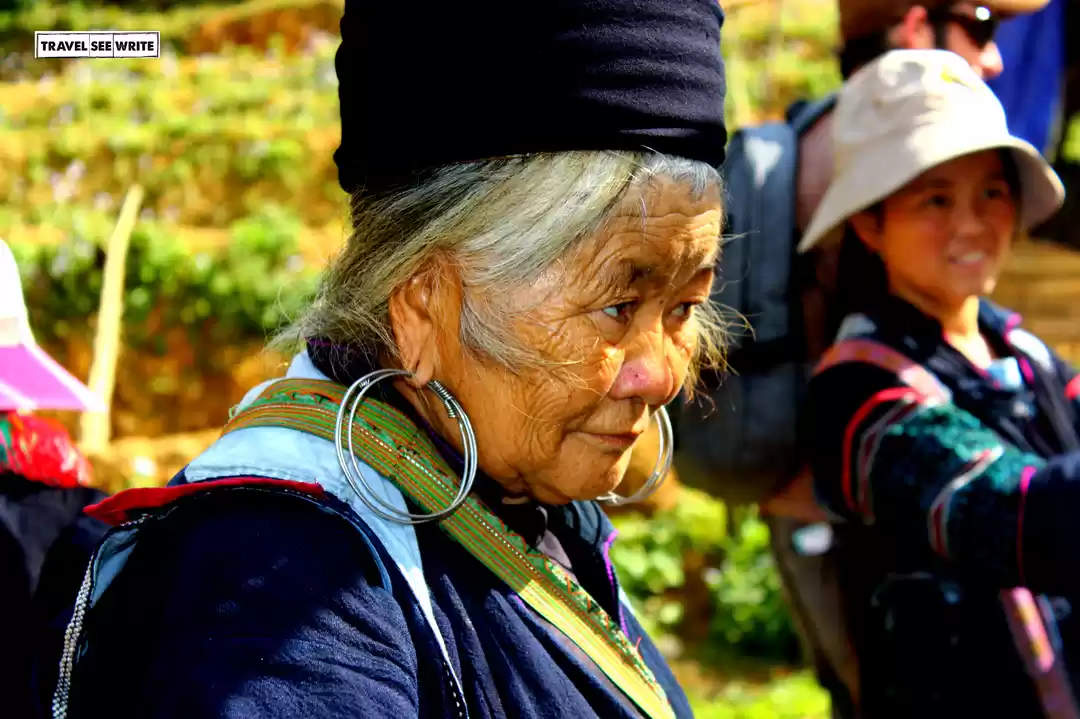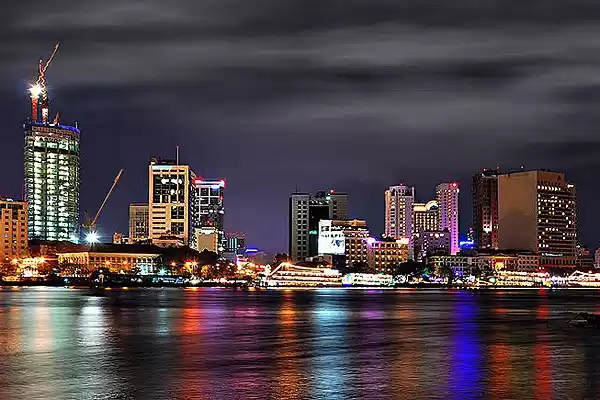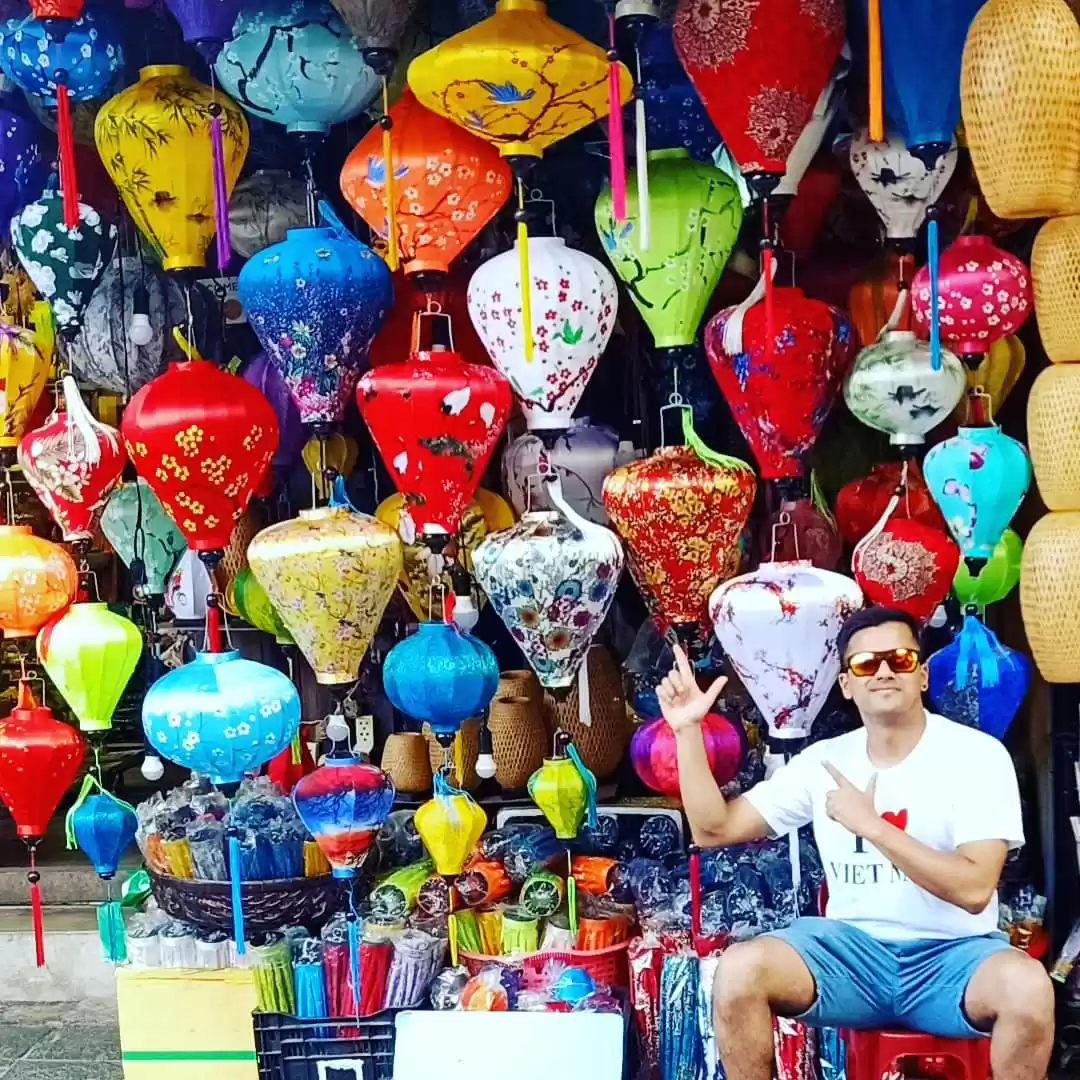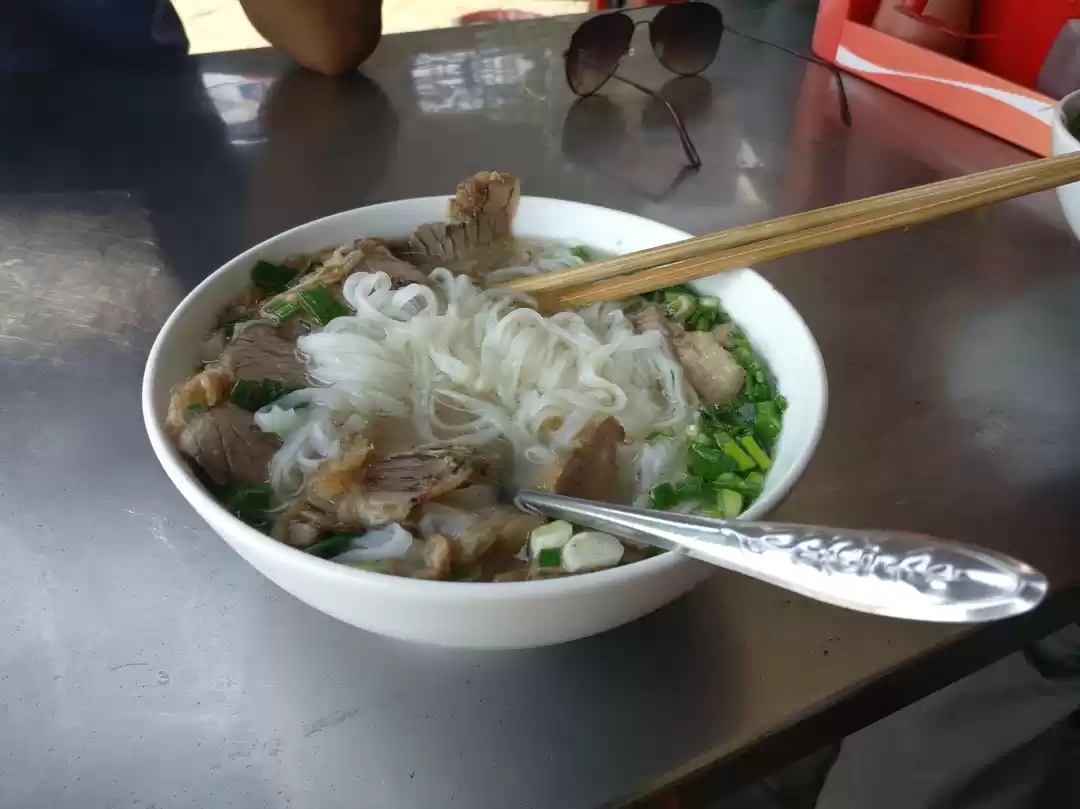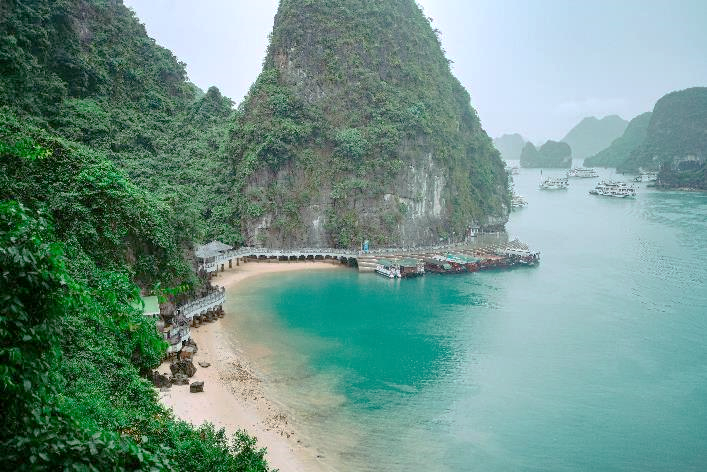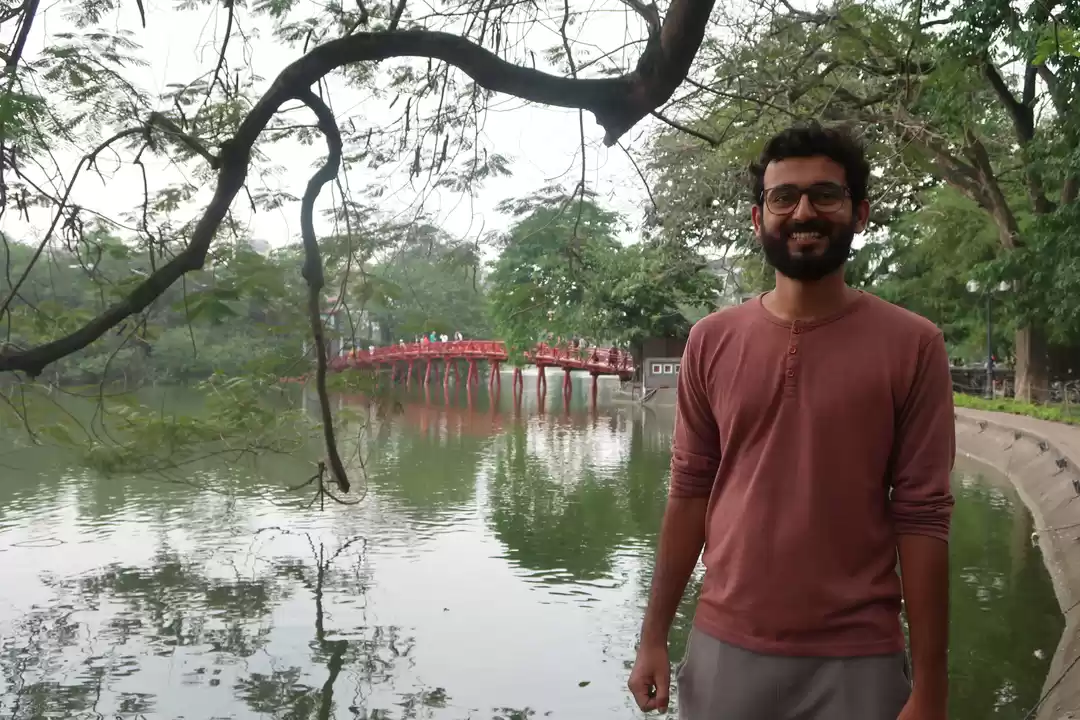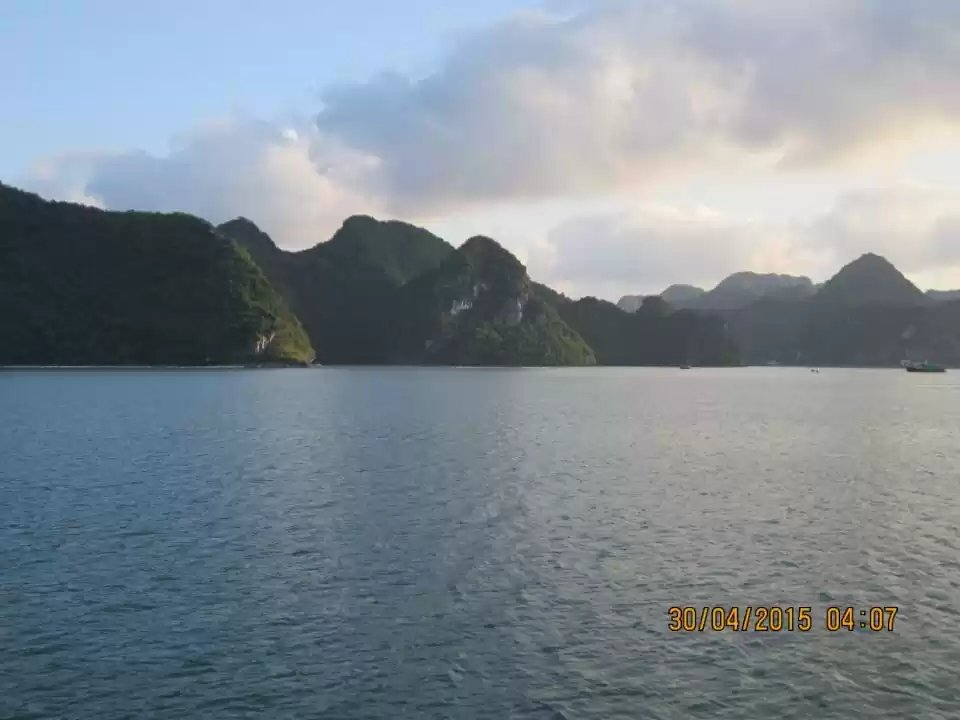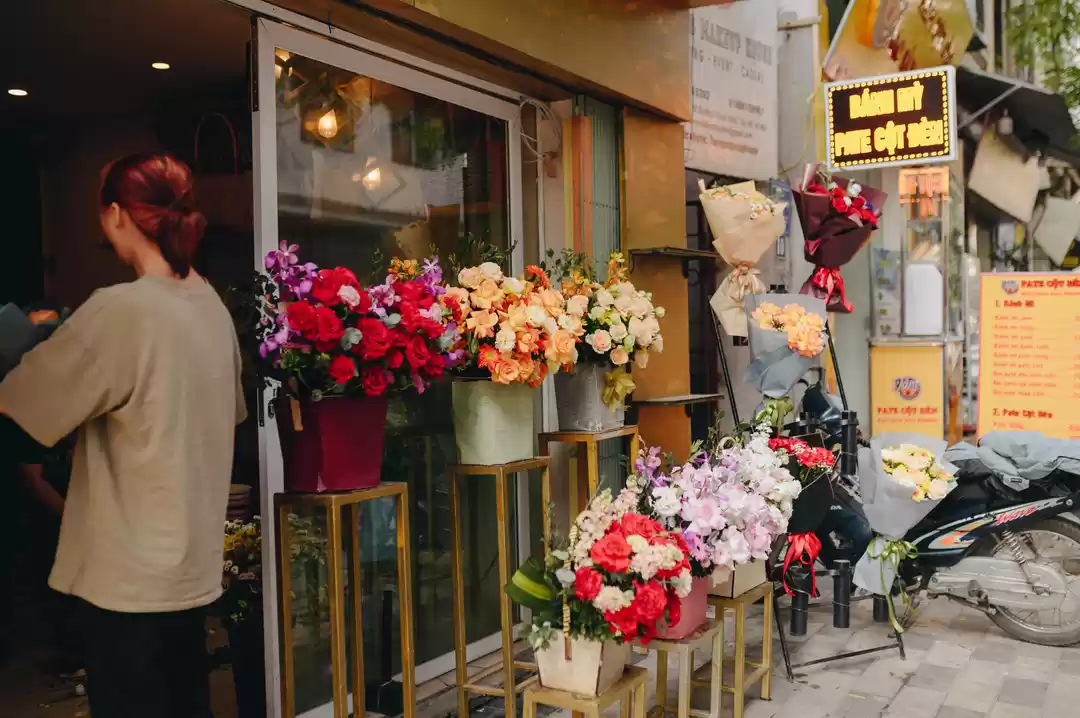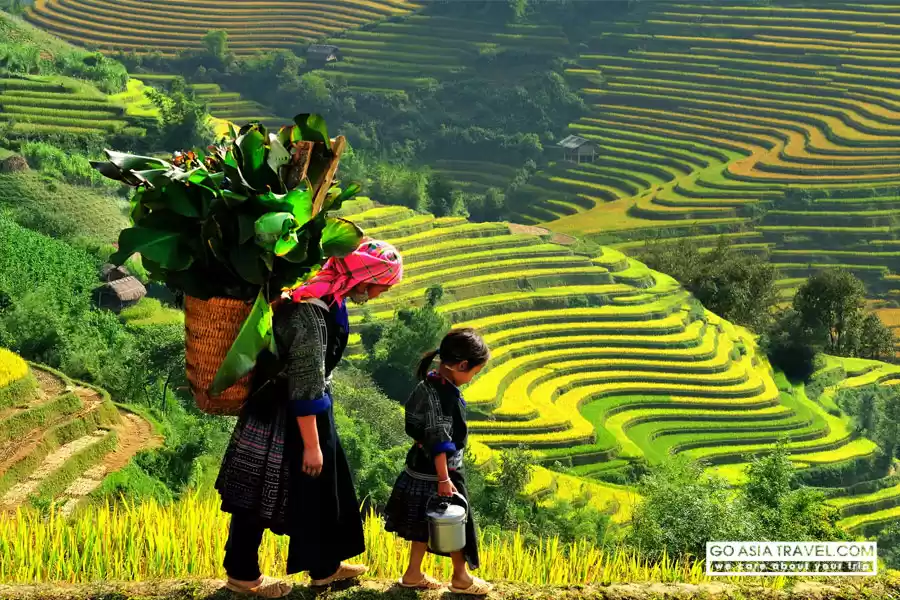Xin Chao! That’s how you say hello in the land of ascending dragon!
Vietnam is quickly becoming one of the most sought-after destinations in Southeast Asia. Having come back from a 2-week trip to Vietnam in September, I realized that the country surely has a lot to offer. With breath-taking landscapes, delicious street food, captivating history and friendly people, Vietnam lets you experience its unadulterated culture as it is. So, if you’re contemplating where to holiday next, then look no further. Vietnam fits perfectly into the check-list of every kind of traveller and here’s why I feel so.
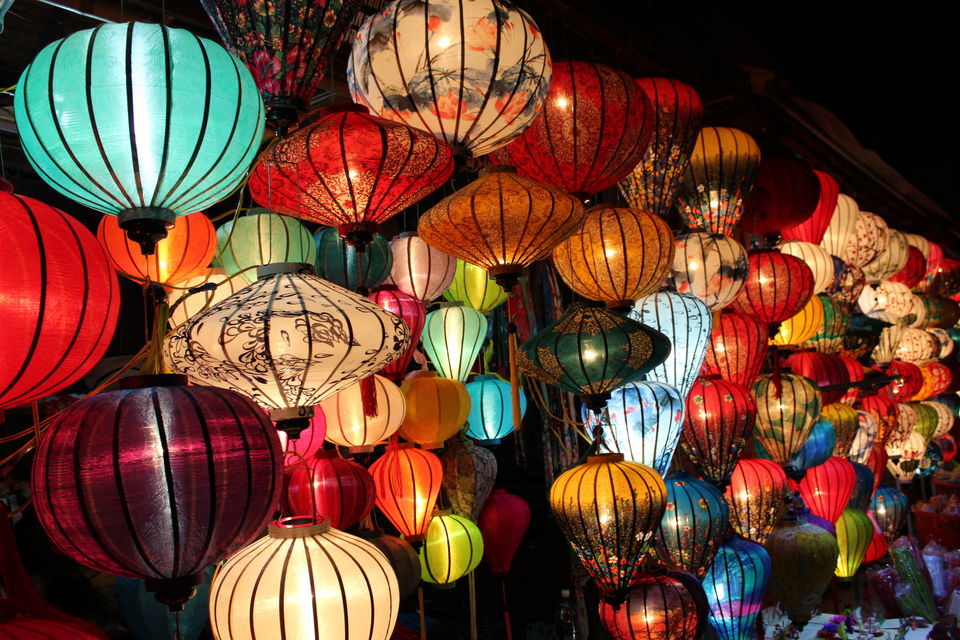
#1. Breath-taking landscapes
Vietnam is still considered an offbeat holiday choice when compared to its neighbouring countries like Thailand, Malaysia or Singapore. The country subtly boasts hidden gems along with other popular landscapes. You’ll only keep asking for more. Sapa, with its hilly terrains and terraced rice paddies, is easily my most favourite place in Vietnam. Located way up north, bordering the province of Yunnan in China border, Sapa is picturesque with lush greenery and you must trek your way to ethnic villages such as Cat Cat, Lao Cai, and Tai Van to experience this beautiful mountainous heaven on land.
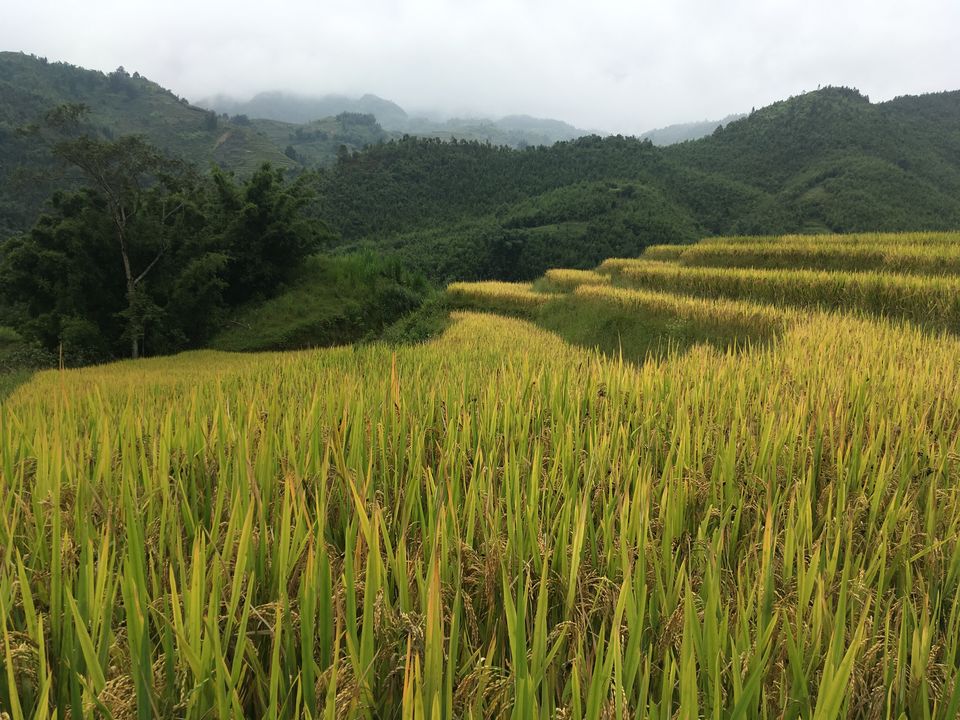
I must, however, mention that our impromptu decision to travel to Hue from Da Nang by train turned out to be serendipitous. The train route crosses the Hai Van Pass and the journey is a feast for your eyes as the rail track goes over the ocean and through high jagged mountains. When you get to soak in such breath-taking views of the mountains and the coast together, what’s not to love?
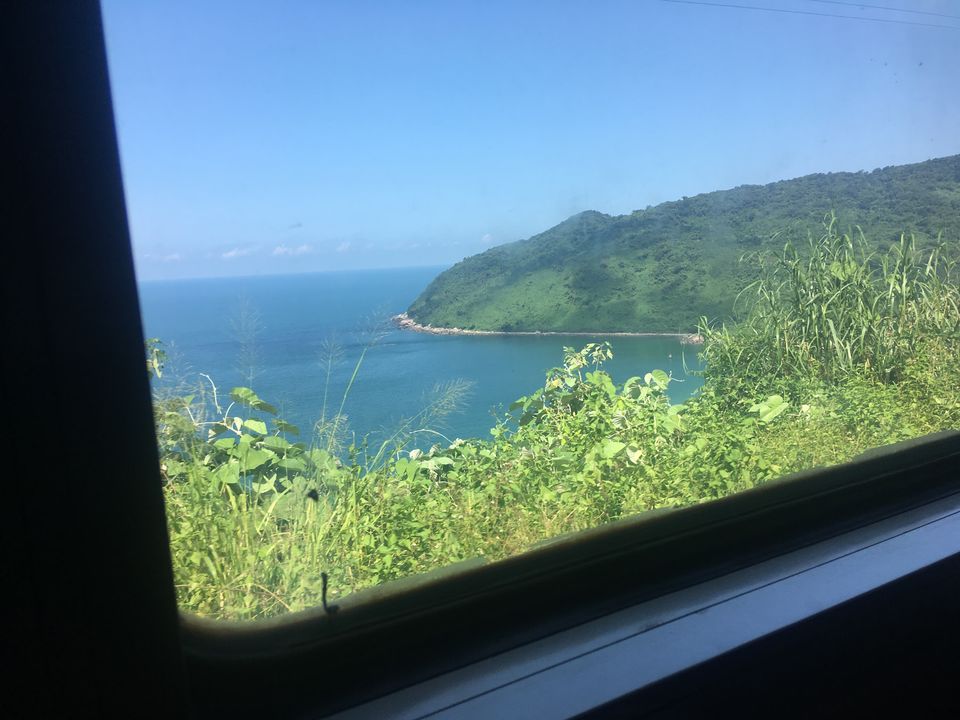
#2. History
The only thing I knew about Vietnam before we planned the trip was the Vietnamese war. Tragic yet interesting, I got to learn a bit more about the grueling history of the war through guided tours to the war sites in Saigon. The War Remnants Museum and Reunification Palace should be on your list as you can understand the war better through photographs and artifacts. At Cu Chi Tunnels, which are right outside Saigon, you can crawl through narrow underground tunnels that were used by the Vietnamese during the war with America.
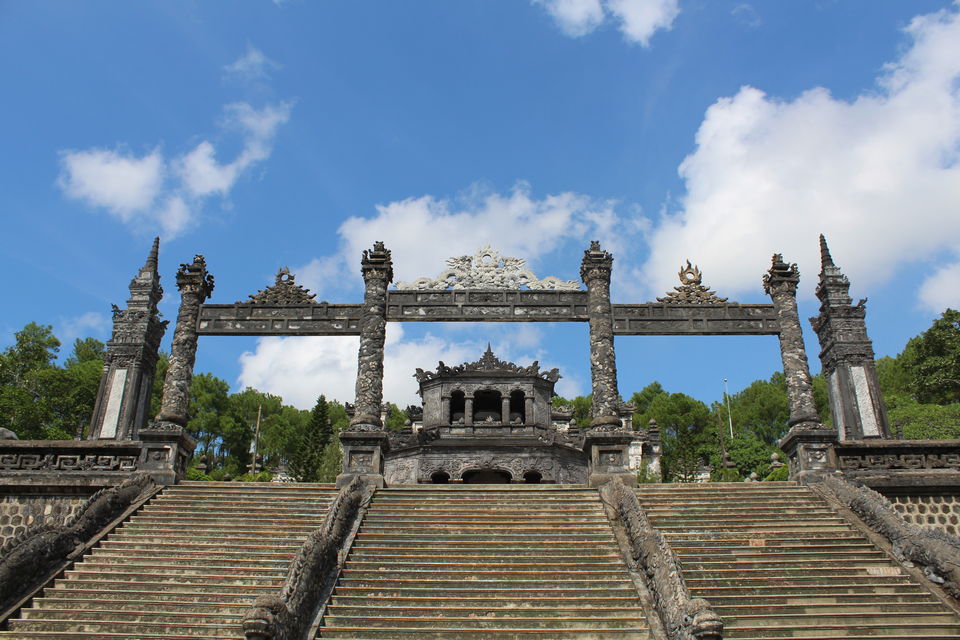
While the bigger cities like Hanoi and Ho Chi Minh have stories about the war, Hue which is located in Central Vietnam will enrich you through the glories of imperial Vietnam. Vietnam was once ruled by the Nguyen Dynasty and Hue was the chosen capital for over 100 years till 1945. There are guided tours that will take you back in time as you visit ancient architectural marvels such as the Khai Dhin and Minh Mang Tombs which belonged to the kings from the Nguyen Dynasty. These structures speak of opulence as they are a perfect blend of western and eastern architecture. I personally loved Khai Dhin Tomb which is a result of the intermingling of Oriental, Roman and Gothic styles, with Hindu and Buddhist features too.
#3. UNESCO World Heritage Sites
Steeped in heritage and culture, it’s no surprise that there are 8 UNESCO world heritage sites in Vietnam. The imperial city of Hue, Hoi An, and Halong Bay are intriguing to say the least.
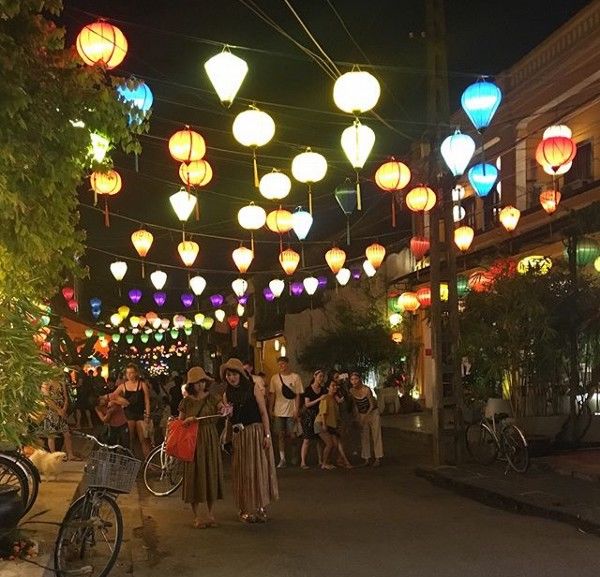
Halong Bay and Hoi An seem to be on every traveller’s checklist, and so both these places are touristy to the T.Hoi An is in Central Vietnam near Da Nang and is a welcome break from the craziness of Saigon. This lantern town has an old world charm and you feel time stands still. I loved getting lost as we discovered beautiful old homes, quirky little stores, cafes and restaurants in narrow alleys decorated with lanterns of all sizes and colours.
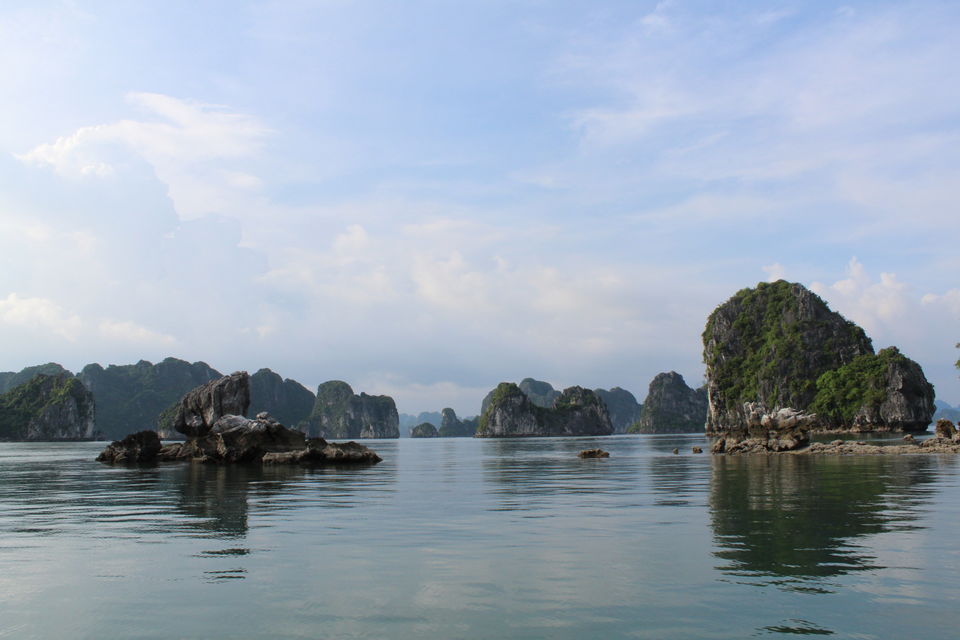
Halong Bay on the Northwest coast will take your breath away with its fairy tale landscape of an endless number of limestone karsts rising from emerald waters. It’s surreal in spite of the bay being the most visited tourist destination in Vietnam.
#4. Architecture
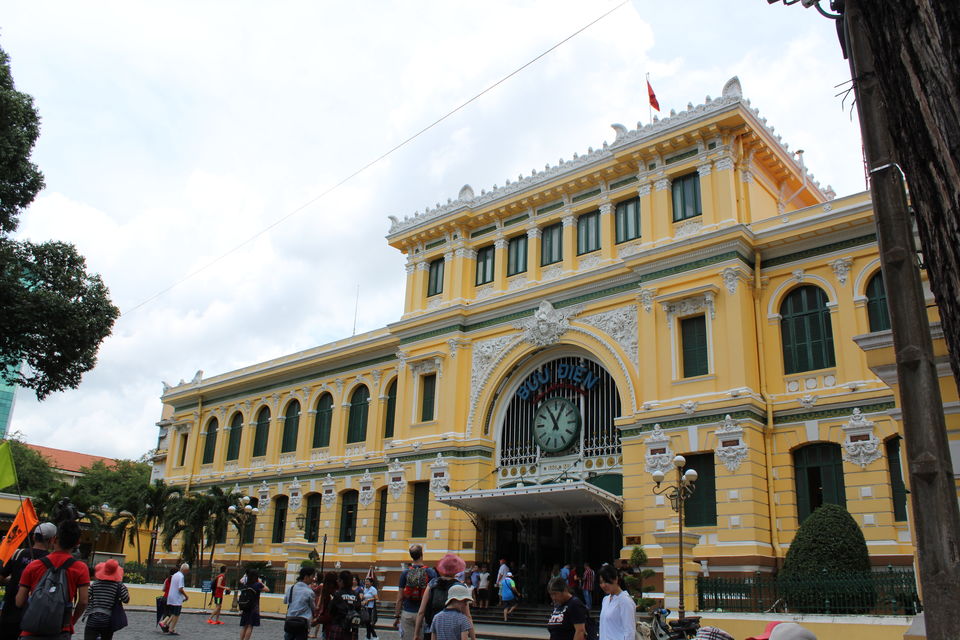
The architecture in bigger cities like Hanoi and Saigon is an amalgamation of old colonial charm and modern marvels. I loved strolling through Saigon’s District 1 area which had lines of trees and parks with outdoor exercise gyms and quaint coffee shops that lead to French colonial architectural landmarks such as the Saigon Opera House, Central Post Office, and Notre Dame Cathedral. These buildings manifest Western and Vietnamese cultures.
The architecture in Hoi An too is exceptionally well-preserved and the ancient town is influenced by a blend of the Vietnamese, Chinese and Japanese. You can visit old historic houses that have been restored for tourists. The Japanese bridge is, however, the prime attraction and is a beautiful example of Japanese architecture in Vietnam.
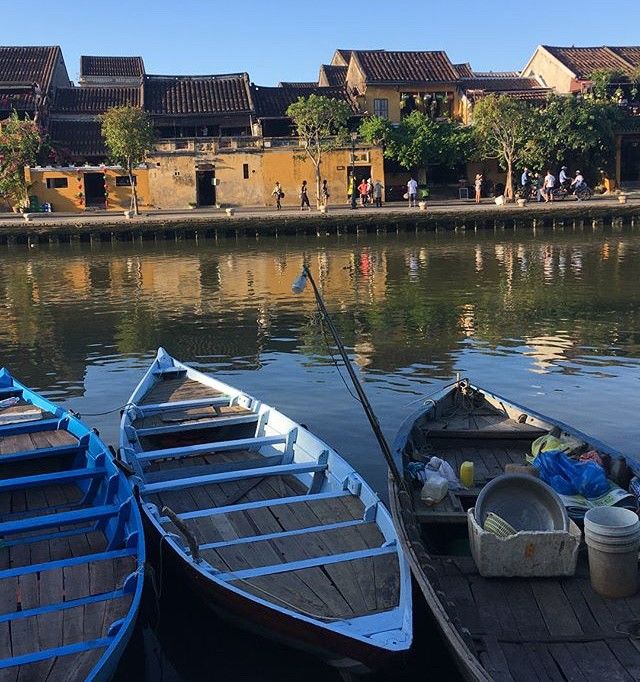
#5.But food, ofcourse
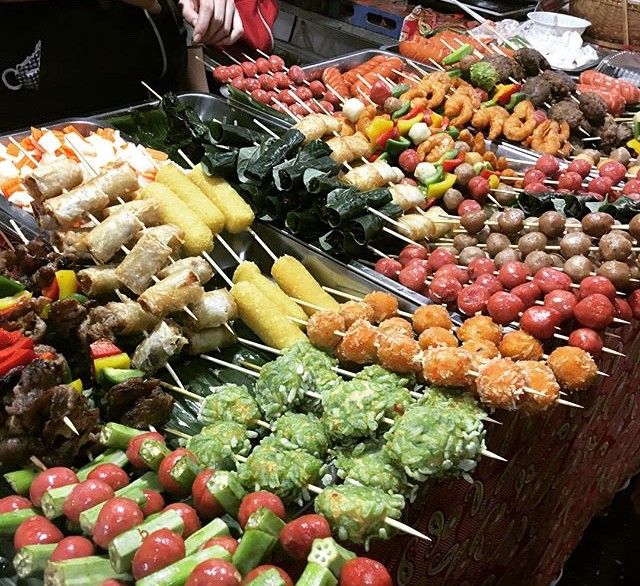
Vietnamese cuisine will steal your heart through your tummy. Though Vietnam is a small country, the food is quite diverse. Trying out street food in Hanoi and Saigon was a delight not just for my palette but for treat my eyes as well as I crossed myriad street vendors cooking fresh delicacies that were colourful and oh so inviting. And yes, the food in Vietnam is beyond good old Pho. Some of the local and favourite delicacies include Banh Mhi sandwiches, Bánh tráng nướng (Vietnamese pizza made of grilled rice papers), Hoi An speciality Cau Lau (Rice Noodles with your choice of barbecued meat, greens and croutons), Banh Xheo (Rice Pancakes), Hue’s must have Com hen (Tiny Mussel Rice), Bun Thit Nuong (grilled rice paper rolls), and Cha Ca (turmeric grilled fish with dill). Contrary to the common belief, Vietnam has its fair share of dining options for vegetarians and vegans as well.
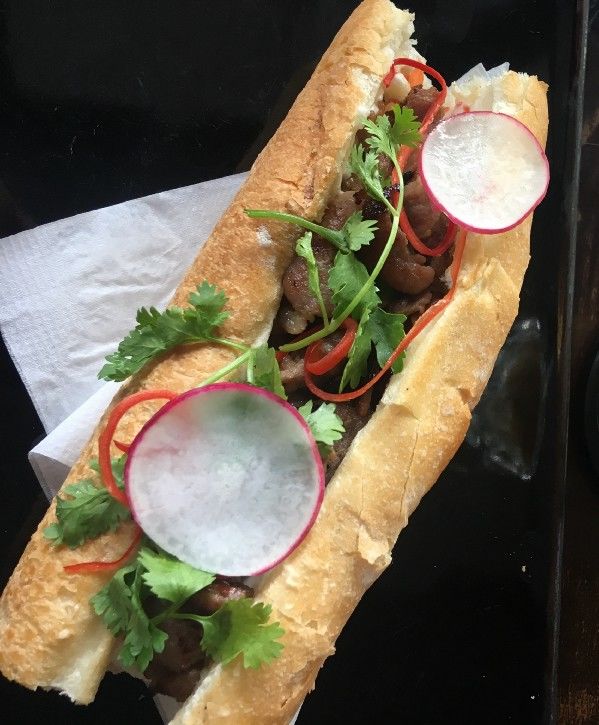
#6. Caffeine Fix
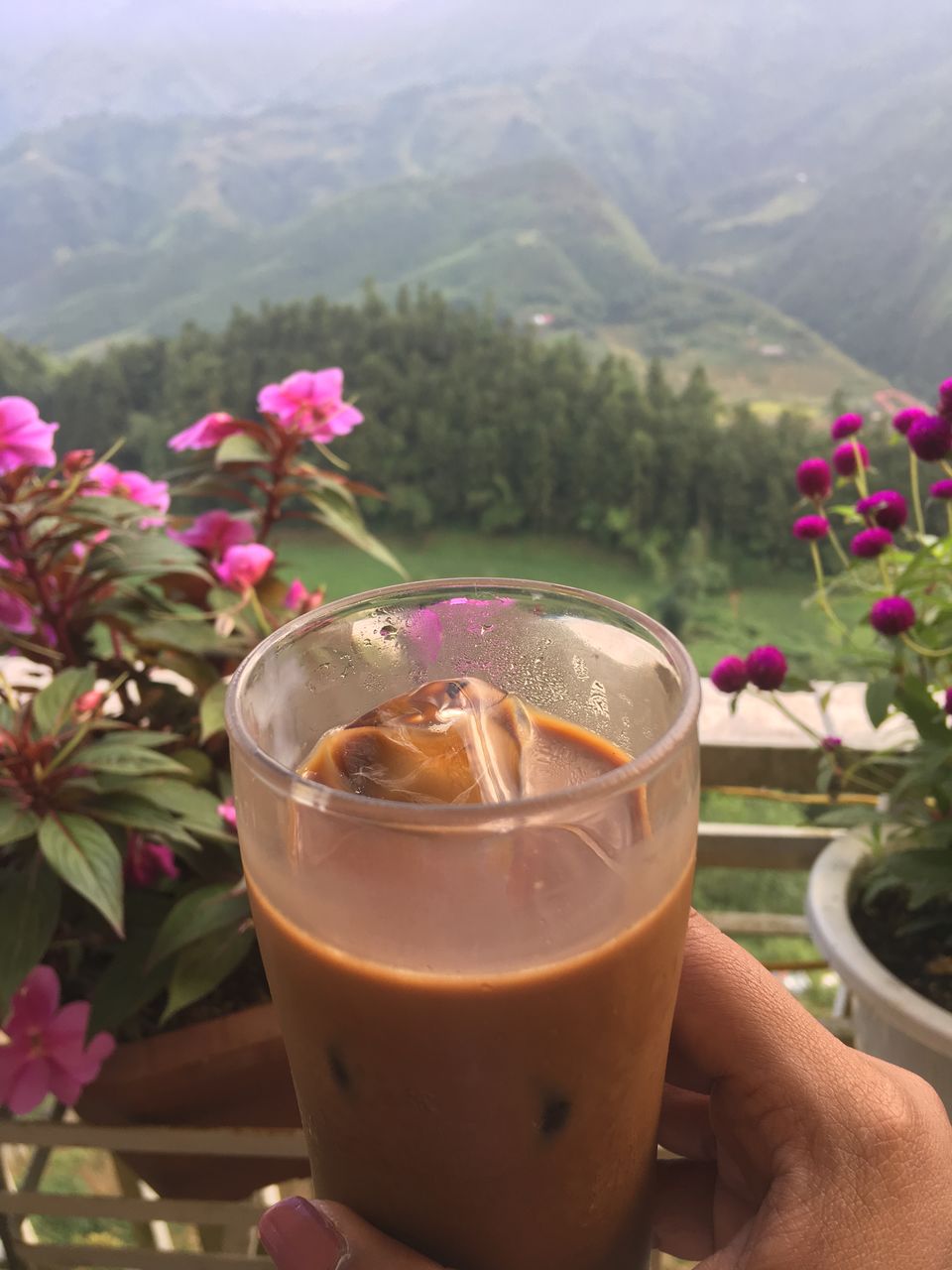
Black or white, hot or iced, coffee is something the Vietnamese cannot do without. It’s a country that survives on coffee. You could either be sitting on small plastic stools in a streetside local cafe or by the window in a fancy modern coffee shop, you just cannot miss out on the locals bonding over ca phe sua da (iced coffee with condensed milk), ca phe da (iced black coffee), and cigarettes.I love how you are offered a glass of free iced tea alongside your cup of coffee. Don’t miss out on the egg coffee which is quintessential Hanoi and trust me it doesn’t taste or smell eggy. It’s as good as a cup of creamy Cappuccino.
#7. Warm hospitality
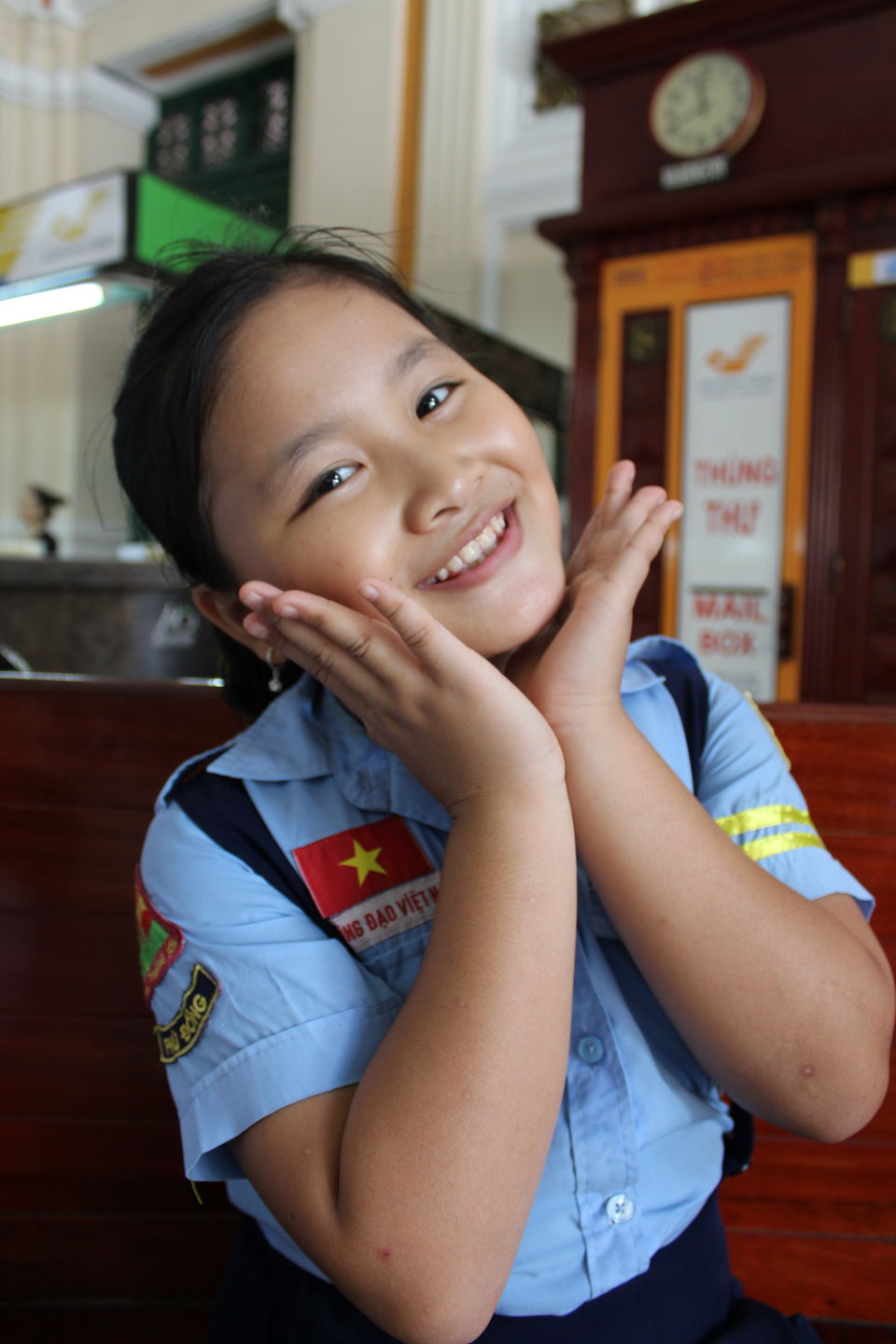
It’s the local people who make Vietnam more beautiful and welcoming. Though we found it challenging to converse in English in some parts of the country, their welcoming smiles encouraged us to make conversations with ease through Google Translate. I love how the local women with traditional conical hats are entrepreneurial and astute. You’ll find them everywhere as they run motor boats, sell fruits to flowers to snacks, manage tiny stores and guide long treks.
Also, little did I know that Vietnamese loved Bollywood movies, but I shouldn’t be surprised. 3 Idiots seemed to be the favourite for many! Our Airbnb host in Hoi An asked me for a list of Hindi movies that she can watch and I obliged, of course.
#8. Affordability
Vietnam is known as a budget travel destination. While you can plan a lavish trip, it’s just as easy to travel around on a shoestring budget. Food in Vietnam is cheap with tons of street food options everywhere. The country is also known for the world’s cheapest draught beer; ‘Bia Hoi’ is available throughout Vietnam.
For accommodations, hostels and homestays aren’t just wallet-friendly but they let you experience the authentic culture as you get to interact with locals closely and meet tourists from other countries. Local travelling is affordable too with the availability of Uber, local taxis and bikes. I recommend inter-city travelling through trains and flights. The airplane tickets don’t cost a bomb if you plan your trips well in advance.
When it comes to shopping, do keep your bargaining skills handy whether you’re shopping at night markets in the big cities or buying handicrafts from Sapa or Hoi An.
#9. Live the street life
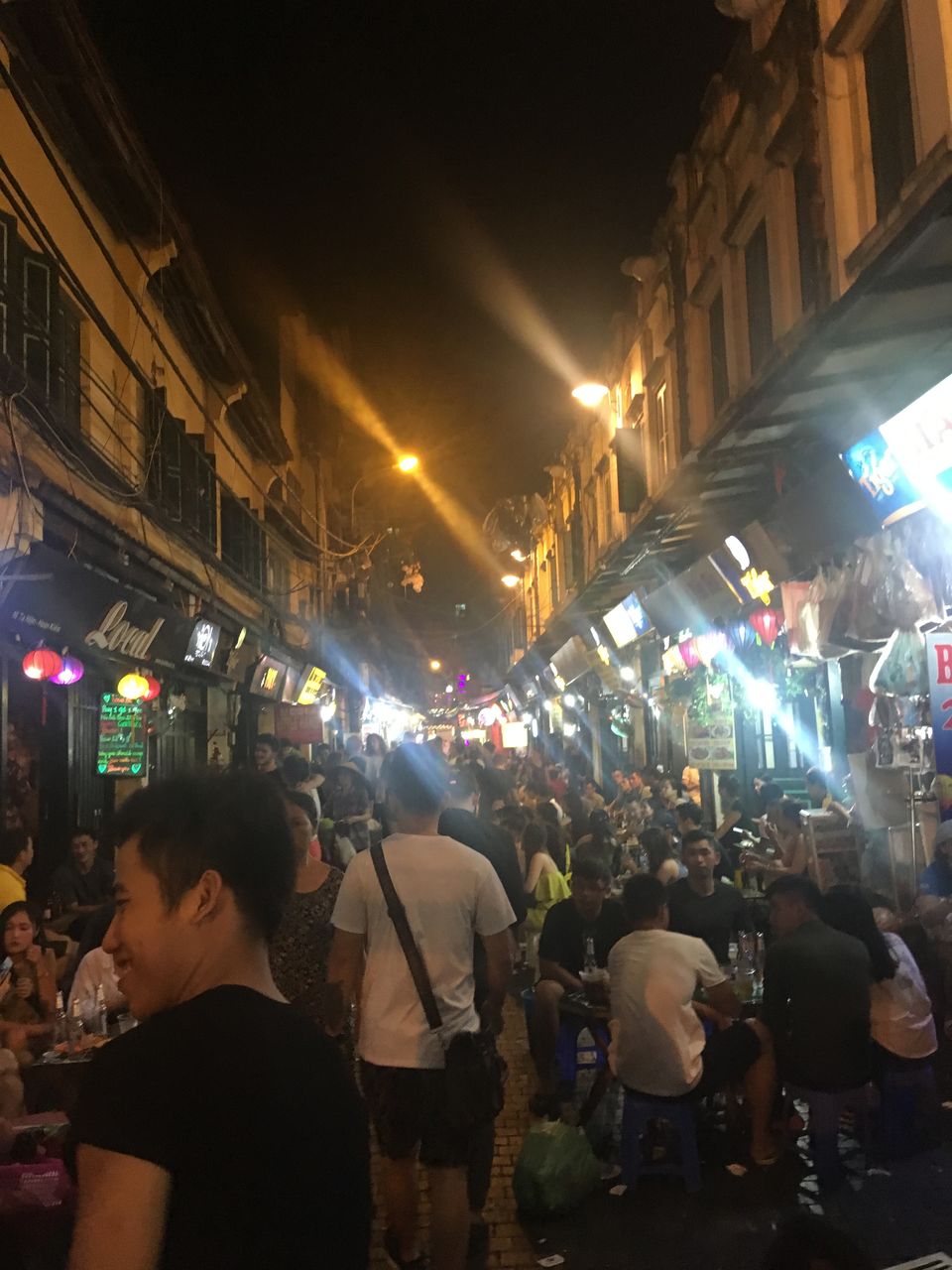
There’s no place better than the Old Quarter to experience street life in Vietnam. The Old Quarter is quintessential Hanoi. We ditched rickshaws and kept walking with a map only to get lost every now and then. Hanoi’s Old Quarter area has 36 narrow streets and each street is just so visually appealing as you come across local vendors selling everything from groceries, silks, and stationery to flowers, coffee beans, and nuts and bolts. I particularly loved this one street that seemed like a carnival and was so colourful as they specialize only in party props and accessories for all age groups.
Parts of the Old Quarter near the Hoan Kiem lake is closed for vehicles on Fridays and weekends. With festive aura in the air, locals and tourists come together and unwind to live local bands playing and are all charged up to bargain for clothes, shoes, accessories and other kitsch at the night market.
After spending two weeks in Vietnam, it’s safe to say that Vietnam should be on top of the travel list for anyone who is looking for a thrilling yet relaxing holiday. The country has a plethora of elements to offer from magnificent landscapes and epic culinary experiences to interesting history and energizing night life. I would definitely make a shorter trip again to visit offbeat places such as Ninh Binh, Phu Quoc Island, and Mui Ne.
Need more such travel inspiration for the new year? Click here to go around the world in 2020!



